The Paddle Steamer & the Expansion of America

Part of the romantic image we all share of the Old West is that of the paddle steamer plying her trade up and down the great Mississippi River.
While an inseparable part of American history, these amazing crafts were not an American invention. They were developed on Europe’s waterways, although they first came into commercial use in the United States in 1807 on the Hudson River.
The development of the paddle boats was a slow process, with many spots that we could honestly call false starts along the way. The idea of paddle-driven craft is an old one as smaller craft, such as rowboats, have been paddle driven for well over 1,000 years.
Even galley ships could be considered paddle-driven craft because they were rowed, even though they did not have paddles of the type we are talking about. The largest of these galleys was the trireme, which was used by the Phoenicians, Greeks, and Romans on the Mediterranean Sea and ran 40 meters long with a crew of 200 men – 170 of which were rowers.
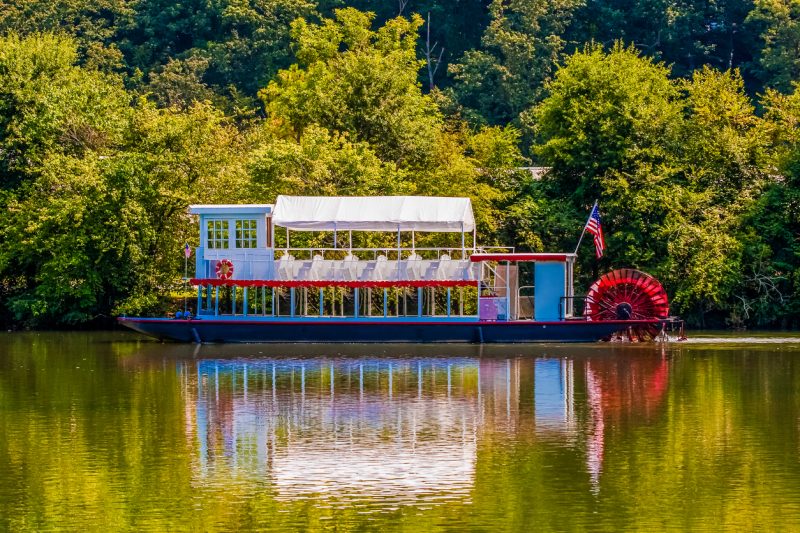
What delayed the development of the paddle boat was a practical means of powering it. Early models were powered by animals or by people operating cranks. It wasn’t until a steam engine was connected to the paddles in the late 1700s that the idea became more practical.
It is interesting to note that the Chinese had paddle boats long before the Europeans did, although theirs were of a different type: not driven by steam and only used as warships. These Chinese boats were mostly powered by treadmills.
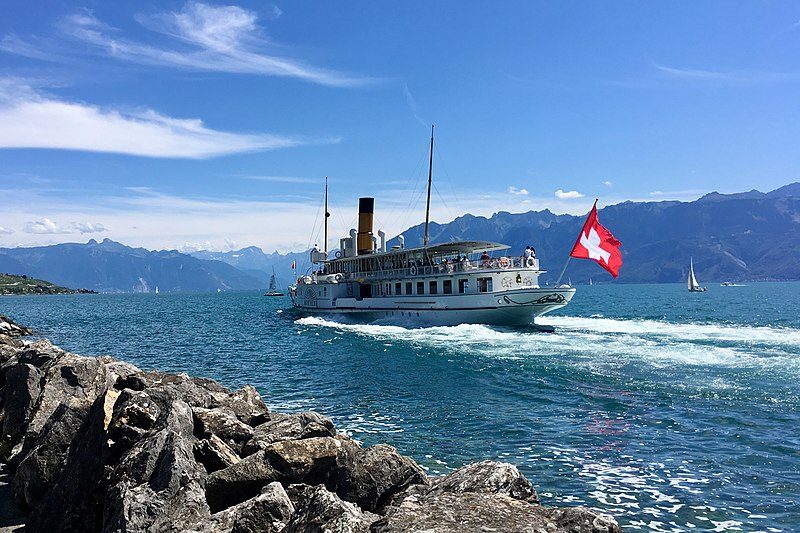
While a few paddle steamers were built as ocean-going steamers, towards the end of their era the vast majority of them were riverboats and nothing more.
The difficulty with using one to cross an ocean was the amount of coal that had to be carried in the hold in order to provide power. The few that did cross oceans also were also rigged with sails as an emergency backup power source in case they ran out of coal.
The Unique Design of the Paddle Steamer
Boats take many forms, but for their size paddle steamers were unique. Rather than the deep draft boats that were used for crossing oceans, or even the shallow draft boats used in inland waters, the paddle steamer was almost a flat-bottomed boat, making it ideal for use in shallow waters.
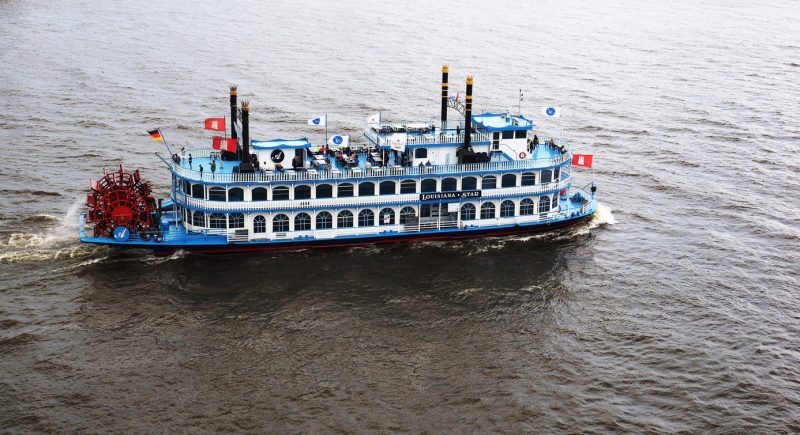
These boats normally consisted of three decks: a main deck, which was often high and used for cargo; a passenger deck or promenade; and the Texas or hurricane deck. This was where the crew’s quarters were, contained in a long, narrow cabin. The wheelhouse was either attached to the front of this cabin or surmounted it.
There were two basic designs of paddle steamers: sidewheelers and sternwheelers, denoted by the difference in their propulsion. Originally, the paddle steamer was designed to be a sidewheeler; however, this design, while making for a more maneuverable boat, limited the width of the wheels and lowered the overall speed and efficiency.
The sternwheel could go the full width of the boat without adding anything to its beam, and this increased the amount of propulsion available. Sternwheelers were not, however, as maneuverable as sidewheelers.
What made the sidewheeler more maneuverable was the ability to use the wheels independently – much like twin screws (propellers) allow a propeller-driven boat to turn in its own length by running one propeller forwards while running the other in reverse. Although not used often in civilian boats, this was common in military craft.
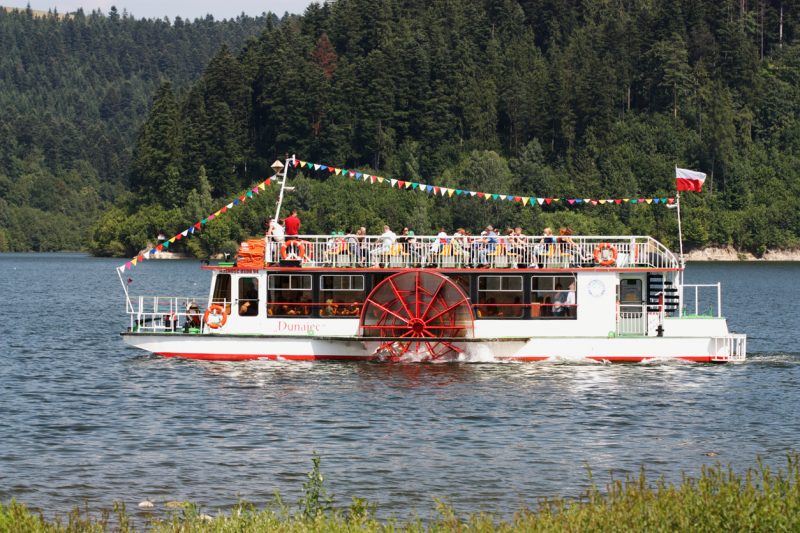
While the paddle steamer was an important invention and served our country well for half a century, it was soon overcome by improvements in technology.
As early as 1845, it was proven that propeller-driven ships were more efficient than paddle boats. This “proof” came from a test where a sternwheel boat and a propeller-driven one with the same sized engine competed in a tug-of-war. The propeller-driven ship pulled the paddle boat backward five miles.
But, that wasn’t the only advantage to a propeller-driven boat. Propellers were also less susceptible to cannon fire from other ships, giving them a distinct military advantage. Hence, the paddle steamer, while an important part of our history, had a relatively short life.
The Paddle Steamer & the Expansion of America
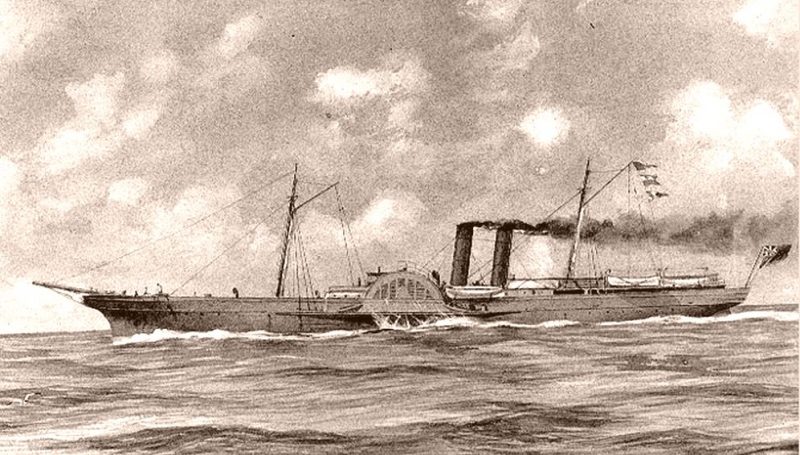
While paddle boats were used on the European rivers, they found their true home on the rivers of the United States, especially the Mississippi and Missouri Rivers.
It was there that the paddle wheel found its true calling as the Mississippi was a treacherous river where shifting sandbars and sawyers (uprooted, upside-down submerged trees) were in abundance. The shallow draft of paddle boats made it possible for them to go over many of these obstructions, making them ideal for use on the Mississippi.
These ships gave an important capability to the west – one which was needed for settlement and growth. They made it possible to haul large amounts of manufactured goods to the west and raw materials (especially foodstuffs) from the west back to the eastern markets.
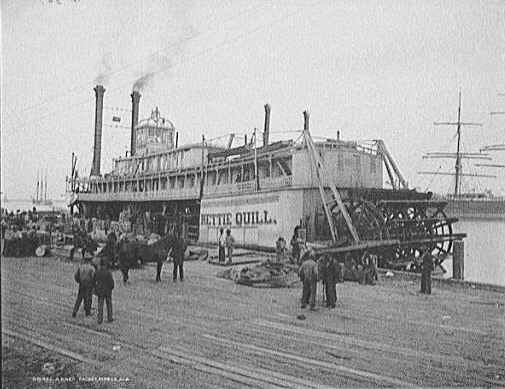
For over half a century, until the building of the transcontinental railway, paddle steamers were the main mode of transportation for goods and reached far up the Mississippi and Missouri Rivers.
For those who could afford it, going west by paddle steamer was much quicker and easier than going in a covered wagon.
Paddle Boats and Survival
Today, the only paddle boats still in use are for tourism, where they are a popular novelty. However, from a survival viewpoint, they have one main advantage over a propeller-driven boat: it is much easier to build a paddle wheel yourself than to build a propeller.
The geometry of propellers is extremely complicated and not easy to replicate. So, while there will probably be propellers sitting in warehouses somewhere, if you can’t find one, you will be out of luck.
One good look at a picture of a paddle wheel shows how simple the construction is. Perhaps that’s why they were so popular before propeller technology was properly developed.
Nevertheless, this is the kind of thing you can make yourself, needing only a metal framework and boards that can be used as the paddles.
Of course, you will still need some sort of power source to drive the wheel, but any gas or diesel engine can be adapted to this, assuming you can find a working one. The trickiest part would be making the linkage from the engine to the wheel, which must attach off-center so that it can make the wheel turn.
The other design advantage of a paddle wheel is that you don’t have to pierce the hull like you would for the propeller shafts. This eliminates a big source of problems and the need to come up with seals that work with your propeller shaft.
